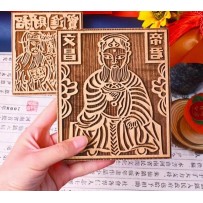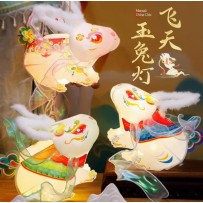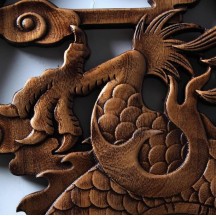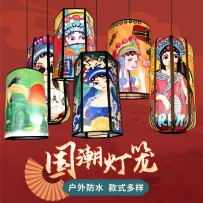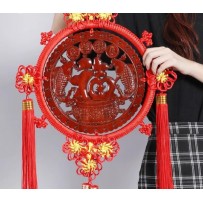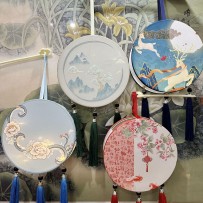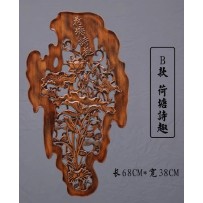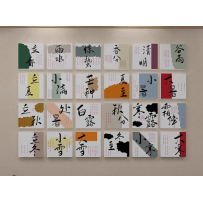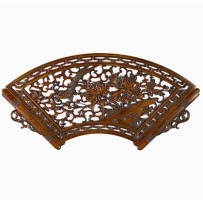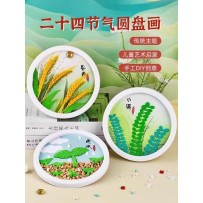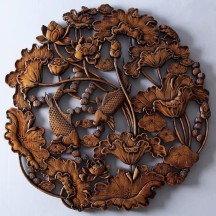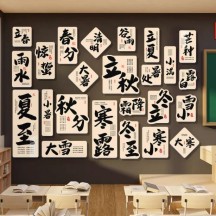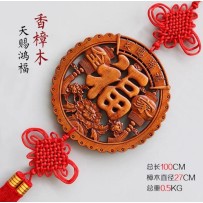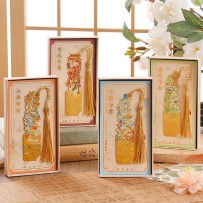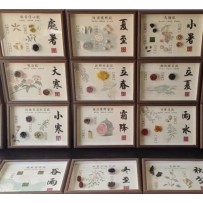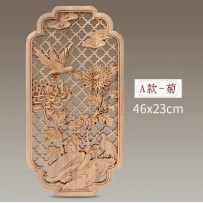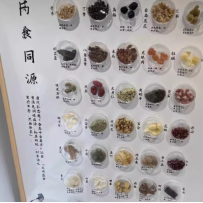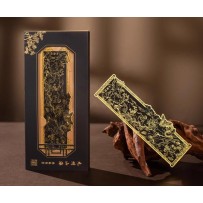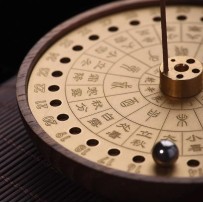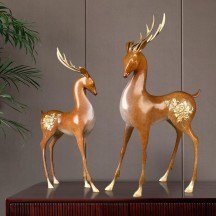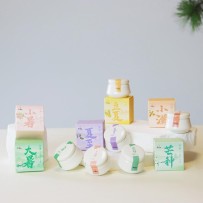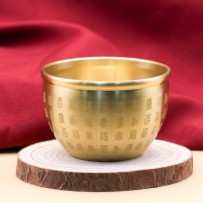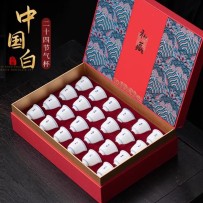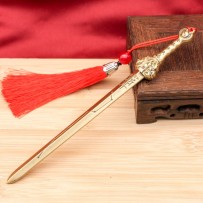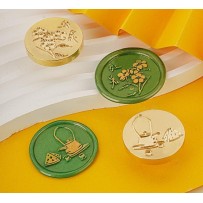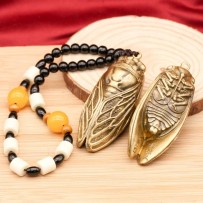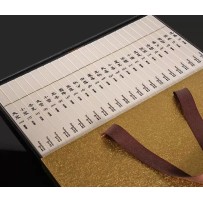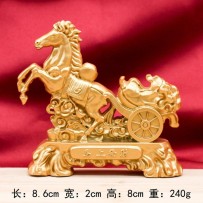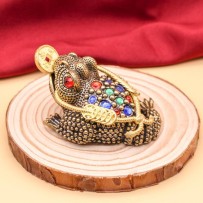Jia Ma, also known as "paper horse" or "divine paper", is an ancient and mysterious folk woodblock print used in folk sacrificial activities to pray for blessings and eliminate disasters. It is popular throughout Yunnan Province. Among them, the Bai ethnic group's Jia Ma is the most distinctive. It is a kind of woodcut work that still exists among the common people in the primitive witchcraft and etiquette of the Bai ethnic group.It is a comprehensive reflection of Dali woodcarving techniques, printing techniques and papermaking techniques on primitive religious sacrificial items. It is a precious cultural heritage and has been included in the third batch of intangible cultural heritage list of Dali Prefecture.
Subcategories
Active filters
Dongyang woodcarving is renowned for its exquisite carving craftsmanship. Artisans employ a variety of carving techniques, such as relief carving, through carving, and round carving, to vividly present various patterns on camphor wood boards. The lines are smooth and the layers are distinct, demonstrating an extremely high artistic standard.
The Chinese knot symbolizes unity, beauty, happiness and peace, and has meanings such as reunion, completeness and good fortune. Dongyang woodcarving has a long history. The patterns carved on it often contain rich cultural significance, endowing the pendants and ornaments with a deeper cultural background and expressing people's yearning for a better life.
Dongyang woodcarving mainly features flat relief, and is characterized by multi-layered relief and scattered perspective composition. Carvers employ techniques such as thin relief, low relief, deep relief, high relief, and multi-layer layering to create works that are rich in layers yet dynamic, with smooth and natural lines, enabling them to vividly present various patterns on camphor wood.
Dongyang woodcarving mainly features flat relief, and is characterized by multi-layered relief and scattered perspective composition. Carvers employ techniques such as thin relief, low relief, deep relief, high relief, and multi-layer layering to create works that are rich in layers yet dynamic, with smooth and natural lines, enabling them to vividly present various patterns on camphor wood.
Dongyang woodcarving mainly features flat relief, and is characterized by multi-layered relief and scattered perspective composition. Carvers employ techniques such as thin relief, low relief, deep relief, high relief, and multi-layer layering to create works that are rich in layers yet dynamic, with smooth and natural lines, enabling them to vividly present various patterns on camphor wood.
Dongyang woodcarving mainly features flat relief, and is characterized by multi-layered relief and scattered perspective composition. Carvers employ techniques such as thin relief, low relief, deep relief, high relief, and multi-layer layering to create works that are rich in layers yet dynamic, with smooth and natural lines, enabling them to vividly present various patterns on camphor wood.
Dongyang woodcarving mainly features flat relief, and is characterized by multi-layered relief and scattered perspective composition. Carvers employ techniques such as thin relief, low relief, deep relief, high relief, and multi-layer layering to create works that are rich in layers yet dynamic, with smooth and natural lines, enabling them to vividly present various patterns on camphor wood.
Dongyang woodcarving mainly features flat relief, and is characterized by multi-layered relief and scattered perspective composition. Carvers employ techniques such as thin relief, low relief, deep relief, high relief, and multi-layer layering to create works that are rich in layers yet dynamic, with smooth and natural lines, enabling them to vividly present various patterns on camphor wood.
Deer are noble, elegant, gentle and mysterious animals with upright postures.They are a good choice for displaying at home or giving as gifts.
Because of its legendary meaning of attracting wealth and its function of receiving money, the cornucopia is listed as an important Feng Shui ornament for attracting wealth, along with the "golden toad" and "lucky cat". In China, especially among the Han people in the south of the Yangtze River, the cornucopia is a treasure for guarding the house.
Since ancient times, Taoists have used the "QiXing Sword" as a magical instrument for rituals, and even as a treasure to guard their sects. At that time, Buddhism and Taoism were both powerful, and both advocated the rise of martial arts. Therefore, Buddhism and Taoism greatly promoted the vigorous development of Chinese martial arts.
The ancients believed that the cicada was far away from the ground, lonely and proud, not eating worldly food, only drinking dew, and was a symbol of nobility.
The fortune ornament is a kind of ornament that combines traditional culture with the symbol of wealth. It contains rich meanings and represents the arrival of wealth and good luck.
The golden toad is one of the legendary auspicious animals that attract wealth. Now many businesses, entrepreneurs, financial practitioners, and even families are happy to place it. It not only has a beautiful effect, but also has the effect of increasing fortune.










